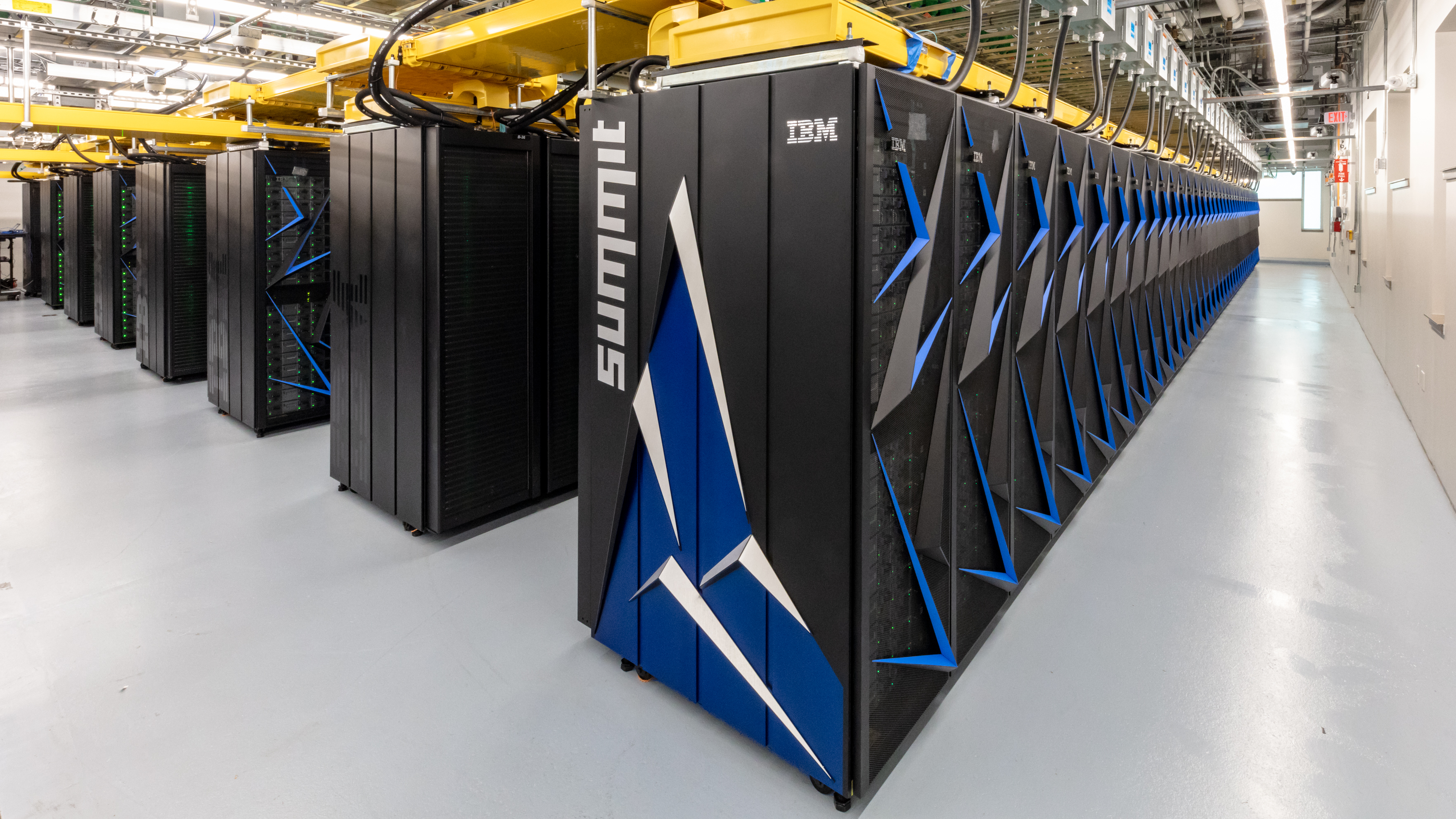13 Most Powerful Supercomputers in the World - MarkTechPost
Supercomputers are the pinnacle of computational technology, designed to tackle complex problems and facilitate advances in various scientific research areas. These high-performance devices are capable of managing enormous databases, enabling simulations and analyses that were previously thought to be unattainable. The top 13 supercomputers in the world showcase remarkable contributions and capabilities in the field of high-performance computing.
Fugaku
Specifications: Fugaku, created by Fujitsu and RIKEN, held the title of the fastest supercomputer in the world from 2020 to 2022. With its ARM-based A64FX CPUs and over 7.6 million cores, Fugaku achieved a major breakthrough in computational research. It boasts a peak performance of 537 petaFLOPS, surpassing the combined output of the next four supercomputers on the HPCG benchmark. Fugaku played a significant role in research related to the COVID-19 pandemic and continues to drive advancements in AI and climate science research.
Summit
Specifications: IBM's Summit supercomputer, built for the Oak Ridge National Laboratory, reigned as the most powerful supercomputer in the world from 2018 to 2020. With over 9,200 IBM Power9 CPUs and 27,600 NVIDIA Tesla V100 GPUs, Summit delivers a peak performance of 200 petaFLOPS. This computational behemoth has made significant contributions to various research areas, including material discovery, turbulence modeling, and COVID-19 drug screening.
Sierra
Specifications: IBM Sierra, tailored for the stockpile stewardship initiative of the US Department of Energy, offers a speed of 94.6 petaFLOPS. Featuring NVIDIA's Volta GPUs and IBM's Power9 processors, Sierra excels in predictive simulations for ensuring the security and reliability of nuclear weapons. The supercomputer's state-of-the-art architecture supports GPU acceleration, allowing for efficient computational techniques in nuclear science.
Sunway TaihuLight
Specifications: Sunway TaihuLight, using entirely domestic SW26010 CPUs, exemplifies China's technological independence in the realm of supercomputing. With its integration of multiple processing components, TaihuLight powers ground-breaking simulations and promotes research in pharmaceutical and biological sciences. This flagship system reflects China's commitment to AI leadership and high-performance computing innovation.

Tianhe-2A
Specifications: Tianhe-2A, one of China's flagship supercomputers, boasts over 4.9 million cores and a peak speed of 61.4 petaFLOPS. With its large memory capacity and deployment of Intel Ivy Bridge and Xeon Phi processors, Tianhe-2A is instrumental in high-level government research and security applications.
Frontera
Specifications: Frontera, the most potent academic supercomputer in the world, delivers an impressive 23.5 petaFLOPS with its 448,448 cores. Housed at the Texas Advanced Computing Centre (TACC), Frontera supports researchers across various scientific domains, offering substantial computational resources for complex simulations and calculations.
Piz Daint
Specifications: Piz Daint, located at the Swiss National Supercomputing Centre, provides 21.2 petaFLOPS of processing power using NVIDIA Tesla P100 GPUs and Intel Xeon E5-26xx microprocessors. Its DataWarp-powered burst buffer mode enhances input/output bandwidth, making it suitable for handling large datasets quickly.
Trinity
Specifications: Trinity, housed at Los Alamos National Laboratory, focuses on enhancing the accuracy of nuclear weapons simulations, with a sustained speed of 21.2 petaFLOPS. Upgraded with Intel Xeon Phi Knights Landing processors, Trinity plays a crucial role in ensuring the safety and reliability of the US nuclear stockpile.
ABCI
Specifications: The AI Bridging Cloud Infrastructure (ABCI), developed by Fujitsu, serves as the first extensive open AI computing infrastructure globally. Housed in Japan, ABCI promotes AI research and development with its peak performance of 32.577 petaFLOPS and cutting-edge cooling technology.
SuperMUC-NG
Specifications: SuperMUC-NG, created by Lenovo and located in Germany, supports European research projects with its 305,856 cores and 19.4 petaFLOPS operating speed. Its water-cooling technology enhances energy efficiency, while its visualization capabilities aid researchers in understanding complex simulations.

Lassen
Specifications: IBM's Lassen supercomputer, situated at the Lawrence Livermore National Laboratory, offers remarkable computational capacity for unclassified research with its 288,288 cores and 18.2 petaFLOPS speed. Equipped with IBM Power9 processors, Lassen is efficient and adaptable, supporting various scientific and technological domains.
Pangea 3
Specifications: The IBM Pangea 3 supercomputer, housed at Total's Scientific Computing Centre in France, focuses on production modeling and seismic imaging with its 291,024 cores and 17.8 petaFLOPS speed. This powerful system plays a crucial role in Total's operations, enabling applications in resource optimization and exploration.
Sequoia
Specifications: Built on IBM's BlueGene/Q architecture, the IBM Sequoia supercomputer at the Lawrence Livermore National Laboratory is dedicated to extended nuclear weapons simulations. With 1,572,864 cores and a maximum capability of 20 petaFLOPS, Sequoia contributes to various scientific research areas and ensures the security and efficacy of the US nuclear stockpile.
In conclusion, the world's top 13 supercomputers are indispensable resources for advancing science, technology, and industry, pushing the boundaries of computational power and facilitating innovative discoveries across diverse fields.




















